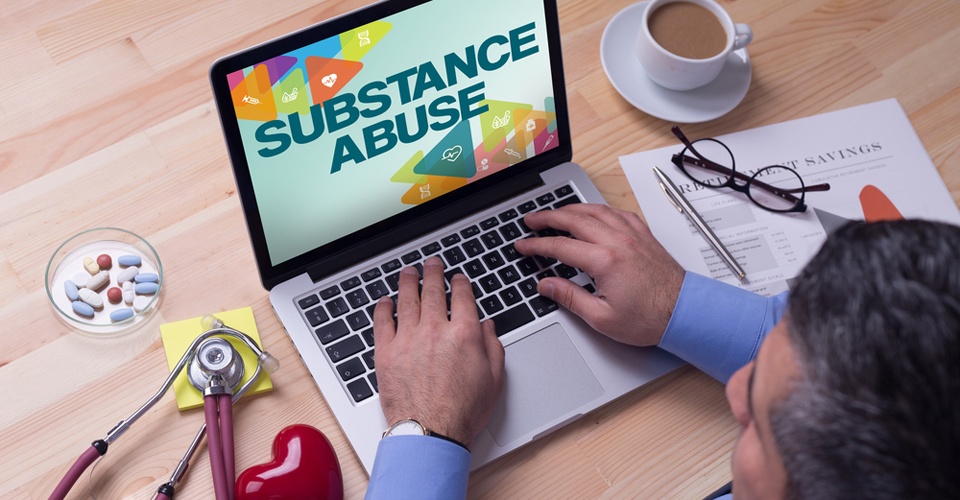Included in the 2015 guidelines update for CPR and emergency cardiovascular care are new recommendations about opioid overdoses and layperson use of naloxone, a medication that can reverse the life-threatening conditions caused by opioid overdose. Today’s “Guidelines Glimpse” blog post takes a quick look at why the recognition and treatment of opioid overdoses is such a hot topic in the first aid setting.
Overdose deaths from opioids, whether from prescribed substances such as oxycodone or illegally obtained street drugs like heroin, is a significant and growing public health concern. According to the CDC:
Opioids (including prescription opioid pain relievers and heroin) killed more than 28,000 people in 2014, more than any year on record. At least half of all opioid overdose deaths involve a prescription opioid.
Several high-profile initiatives are underway to help combat this growing problem. The US Department of Health & Human Services is focusing on three areas where increased education and services can make a positive impact: “Informing opioid prescribing practices, increasing the use of naloxone, and using Medication-Assisted Treatment to move people out of opioid addiction.”
In high doses, opioids can cause breathing to slow down, or even stop altogether, resulting in secondary cardiac arrest. If administered in time, naloxone, typically given as a spray into the nose, can completely reverse opioid effects and restore normal breathing. Given the immediate nature of these types of emergencies, the earlier naloxone can be administered, the more likely it is to prevent death. When it can be administered by family members, friends, or anyone likely to be present when an overdose occurs, it can be provided much earlier than by EMS or in a hospital. This is the reasoning behind the new guidelines regarding first aid use of naloxone.
As Naloxoneinfo.org explains:
Naloxone is an opioid antagonist, which means it ejects heroin and other opioids from receptors in the brain, reversing the respiratory depression caused by an overdose of these drugs. Naloxone has been used for decades in medical settings, and is included in the World Health Organizations’ List of Essential Medications. Side effects beyond opioid withdrawal are rare, and the medication works within two to eight minutes to restore breathing – returning the victim to consciousness.
According to the new guidelines, is reasonable to provide education and training on the administration of naloxone to individuals most at risk to be involved or around an opioid-related emergency.
The guidelines also recommend that lay providers not delay the activation of advanced medical care while waiting to see if naloxone improves the condition of someone to whom it was administered. Activation of EMS and CPR should never be delayed for naloxone administration, and naloxone should not be seen as a replacement for more advanced medical care.
Currently, there are several states that have made naloxone available as on over-the-counter medication, with more states planning to do so shortly. Due to the growing concern of the opioid problem and the increasing general availability of naloxone, CPR and first aid instructors should keep an eye on the changing needs for instruction.
Opioid overdose as a cause of cardiac emergencies will be an included core topic of the soon-to-be-released G2015 ASHI and MEDIC First Aid CPR, AED, and first aid training programs, with the administration of naloxone as a supplemental topic for Instructors who work with individuals who could benefit from such instruction.
What are your thoughts about the addition of opioid overdoses and the administration of naloxone by laypersons to the upcoming programs? Let us know in the comments section below.







.png?width=600&name=HSI-CTA-EmergencyCareTraining%20(1).png)











Comments